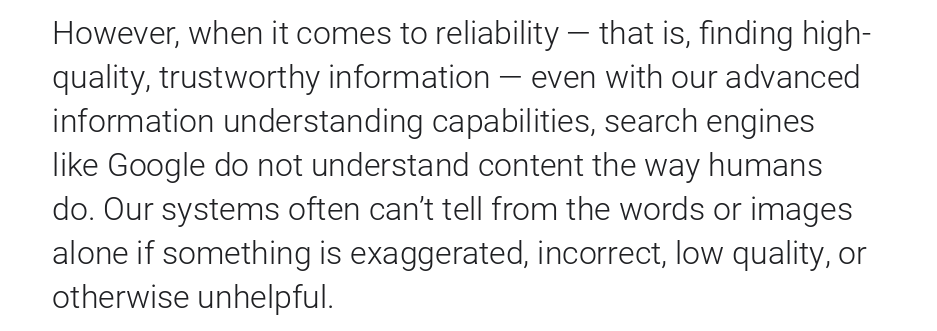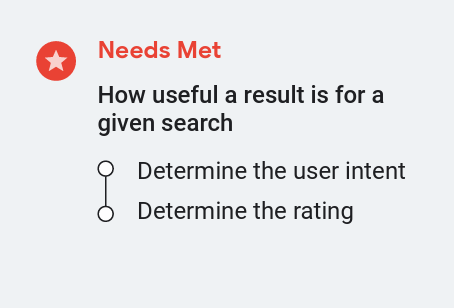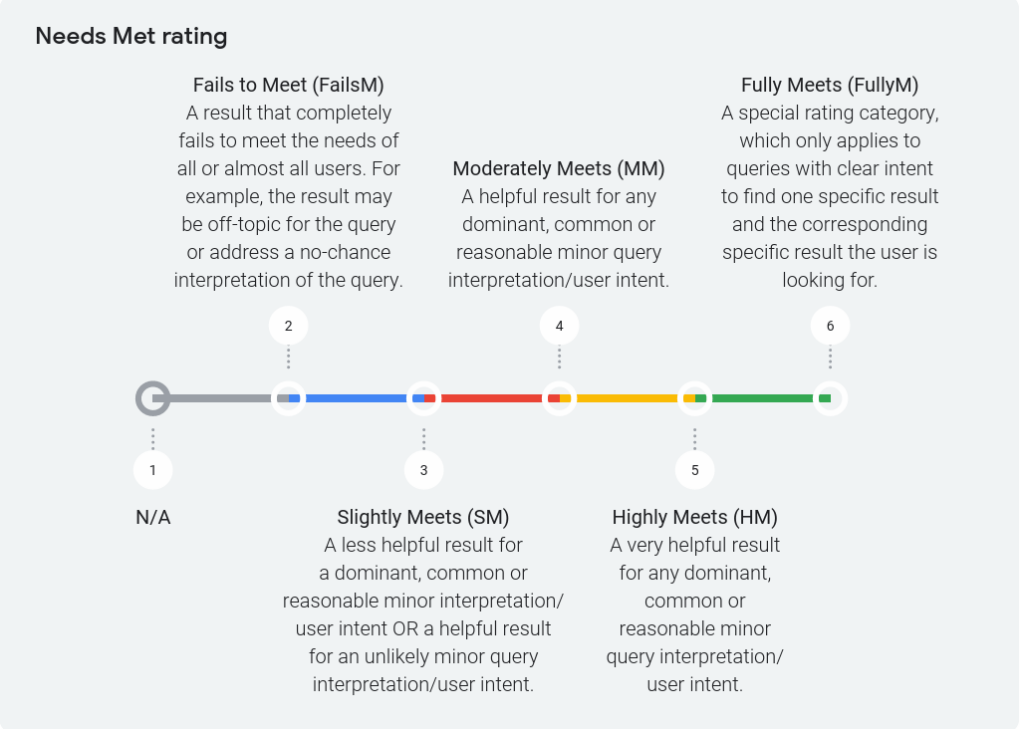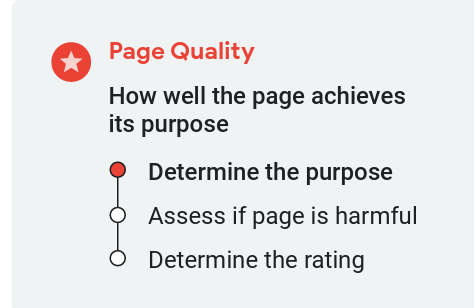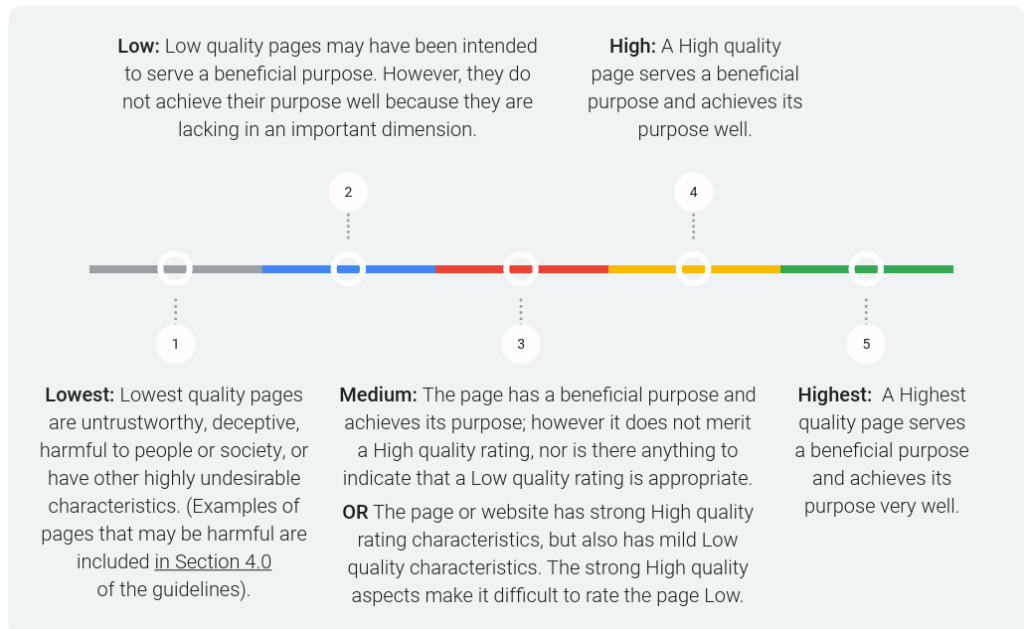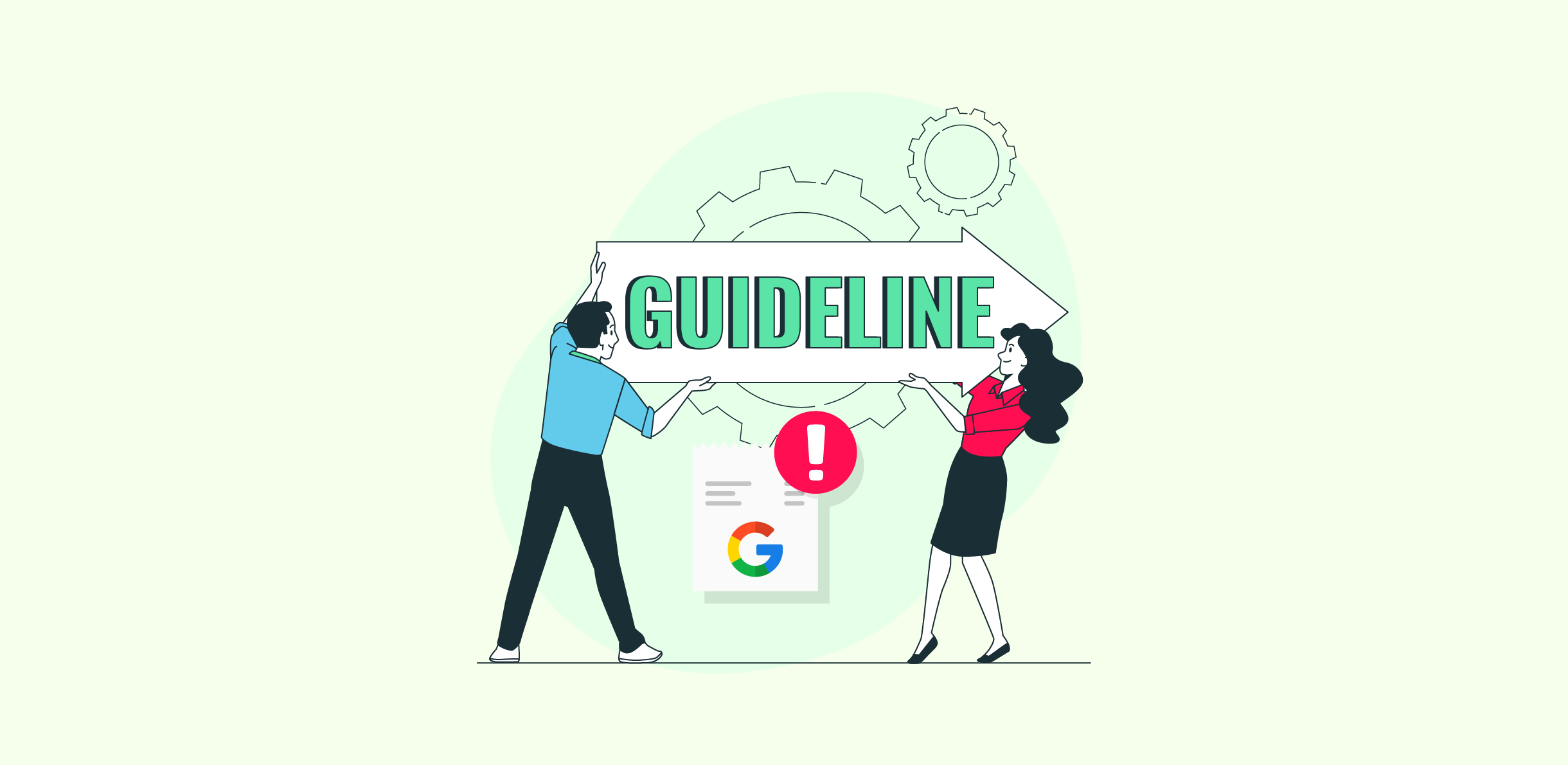Understanding User Intent in Search
As Google evolves, one thing remains constant – user intent. Google has always been keen on understanding what users want, and they roll out each improvement and update on this principle. Hence, it is safe to say that if you are not keeping your user’s search intent in mind, Google may not take you seriously. Furthermore, users may also jump on to other websites where they feel catered.
This article will tell you everything about user intent and its audience. By the end, we hope you know the importance and start implementation.
What is Search?
Google says:
“Search engines exist to help people find helpful, relevant, and reliable information. To do that, search engines must provide a diverse set of high-quality search results, presented in the most helpful way.”
Google further claims that “search is not a solved problem”. This refers to the claim that Google makes improvements time and time again. Constant improvements and updates are made through rigorous evaluations to help amplify the user experience.
The updates sometimes add to the search quality rater guidelines. These are presented in a document by Google to help understand what Google wants and what are the criteria for high-quality content.
Google’s Search Quality Rater Guidelines
To understand user intent, it is important to understand Google’s Search Quality Rater Guidelines.
Many people rely on Google Search to find information of all sorts such as learning a new skill, about places, or even fact-checking. Hence, Google aims to give them helpful and relevant information all the time.
The three key elements to give users what they want are;
- High-quality automated ranking
- Helpful search features
- Content policies
While the first two elements are designed to automate the system to sort out relevance, the third is more about making policies to help websites rank higher on the SERPs at par with relevancy and helpfulness.
The former two help in sorting content, but Google talks about its limitations.
So, what do they do? The answer from them is right here.
The search quality rating process is a Google system.
“Our Search Quality Rating Process measures the quality of Search results on an ongoing basis. We work with ~16,000 external Search Quality Raters who provide ratings based on our guidelines and represent real users and their likely information needs, using their best judgment to represent their locale.”
Among their task is to check their needs.
The user intent is deciphered using the queries that the users put out. The content of the query, along with the location of the query, is used to dig deeper into the intent in mind.
To make it as specific as possible, the raters are guided to keep the current events in mind to align with the current meaning. Once the intent has been deciphered, the raters determine where the results stand. The raters determine the standings on the extent to which
- The result fits the query
- The result is up-to-date
- The result is accurate and trustworthy
- The result satisfies the user
Here is Google’s scale on which the raters score the needs met criteria.
Another criterion is the Page Quality.
When determining the page quality, the raters try to find the purpose of the page and the level of harm it may bring (such as being spammy) and then rate it.
Determining the page quality includes the E-E-A-T guideline: Experience, Expertise, Authority, and Trust.
The following is the scale on which the raters rate the page quality.
While the system is in place, Google has a very important disclaimer;
“It is important to note that no single rating – or single rater – directly impacts how a given page or site ranks in Search. With trillions of pages that are constantly changing, there is no way that humans could evaluate every page on a recurring basis. Simply using Search Quality Ratings for ranking purposes would not be feasible, as humans could never individually rate each page on the open web. Indeed, this is why search engines were developed.
In addition to being an impossible task, using only Search Quality Ratings to determine ranking would not provide enough signals to determine how Search ranking should work. There are so many dimensions to quality and relevance that are critical, such as signals that: tell us whether something might be spammy; flag that a site may be unsafe or unsecure; or indicate that a page may be outdated. Thus, no single source of information — like a Search Quality Rating — would ever capture every dimension that’s important for a task as complex as ranking.”
Summarizing the section, we can safely assume that if not the entirety, the Search Quality Rating Guidelines do fundamentally keep in mind the user intent.
Now, we know the importance of user intent. It is simply important because Google bases the quality of a result based on different factors of intent.
But in Google’s eyes, what is user intent, and how can you satisfy it?
Types of User Intents
The user intent is to determine why a user is searching for something. These searches are classified as queries. Such as the best coffee shops near me.
The intent here is to find highly-rated coffee shops near me. How is me deciphered in this query?
All queries have a locale. This is the language and the region of the task presented. The user location is also a way to find out more specific information about the location of the query. The location is important for answering some queries. However, some information does not require the location, and Google does not use it.
To satisfy user intent when creating content, classifying the queries you are targeting in the following way can help.
- Know Query: intended to help users know simple things
- Do Query: intended to help users accomplish a goal
- Website query: intended to help users find a specific webpage
- Visit-in-person query: intended to help users find a specific business
Let’s dig a little deeper into each type of query.
Know query
The know query is when the user wants to know about something. However, it is not always that simple, which is why Google subclassifies it into two categories. The know category is broad and can have detailed answers. Such as how to predict the weather.
In this query, people want to know about the science and the details, or maybe even some old wives’ tales to know more about how they can predict the weather.
The second subclassification is the known simple category. This type of query has a simple, short answer that can satisfy the user’s intent. For example weather. The only one keyword mostly shows that the users want to know the weather. This can be shown on a simple search block.
Regardless of which type of know query you want to cater to, ensure that it does give the user the information that they are seeking.
Do query
The do query is to satisfy the user’s need to accomplish a goal. Sometimes the line may be blurry, but you don’t have to worry about it. Just provide the best content possible keeping the QRGs in mind and you will do good.
One example of a do query is how to drive a stick shift.
In this query, the user simply wants to learn how they can function as a manual transmission car. If your content answers this question, you are satisfying the intent. – Simple, right?
Website query
When a user wants to find a webpage or a website, they search for a website query. This is subclassified into URL queries. Sometimes, users may misspell a URL, or maybe they type in the best they can remember. Google believes that the user may be hinting at a working URL, and these results are shown.
For example, Google Mail generally does mean that people want the Gmail website.
Visit in-person query
People use visit-in-person queries when they need to find a business or service location. Such as the nearest gas stations. These queries use the location to determine the location of the query and are shown as such. To keep it in check, it is best to list your business on Google with all the details.
Multiple intent queries
The categorization of user intent helps justify some of the needs. However, human beings are much more complicated, and so are their queries.
For example, if a person is searching for Nelson Mandela it is unclear whether they want to know his date of birth, his work, his height, or maybe his children.
Perhaps the best way to satisfy this content is to use LSI keywords in a biography of Mandela.
Wrap up
Google has always been user-centric and they leave no chance to make their systems even more helpful from time to time.
As we always say and will continue to say,
“Google is becoming more democratic every day, of the people, by the people, and for the people.”


